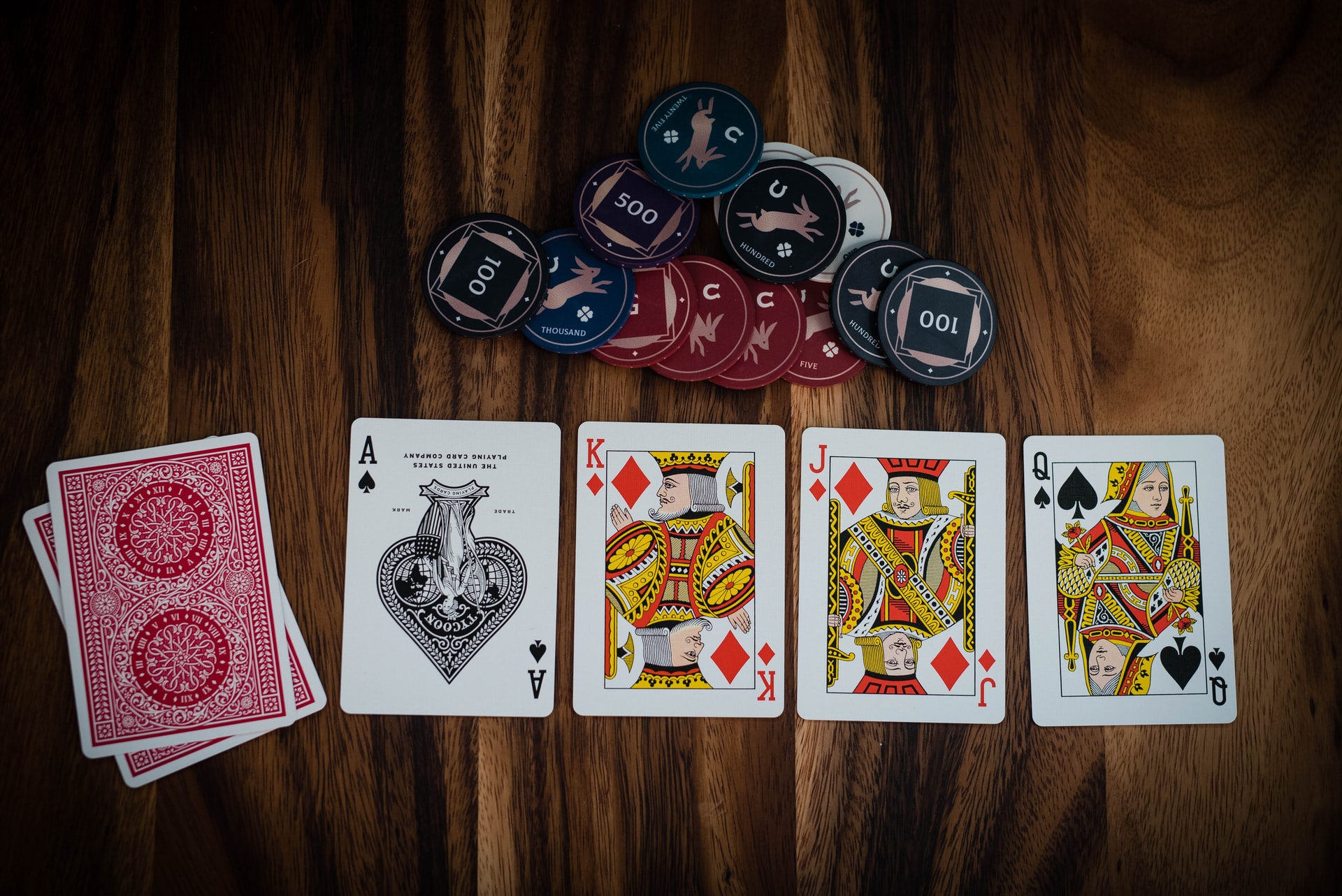Truth Or Dare

Truth or dare? is a mostly verbal party game requiring two or more players. Players are given the choice between answering a question truthfully, or performing a "double dare", both of which are played by both players. The game is particularly popular among adolescents and children, and is sometimes used as a forfeit when gambling. One version of the game involves the group preparing written slips of "truth" questions and "dares," which are folded over and put into two piles. The youngest player becomes the "questioner" and chooses an "answerer," who must decide between "truth" and "dare". The questioner then selects a random slip from that pile and reads it out – either asking the answerer a question or requiring that they perform a daring forfeit. Instead of the truths and dares being on slips of paper, the questioner can come up with a truth or dare on the spot. Players must perform the dare they are given, or truthfully answer the question asked. Answers must not be related to the game. Players are not permitted to change their minds about choosing "truth" or "dare" after having had the slip of paper read out to them. "Passing" can be an option, but requires a punishment.


